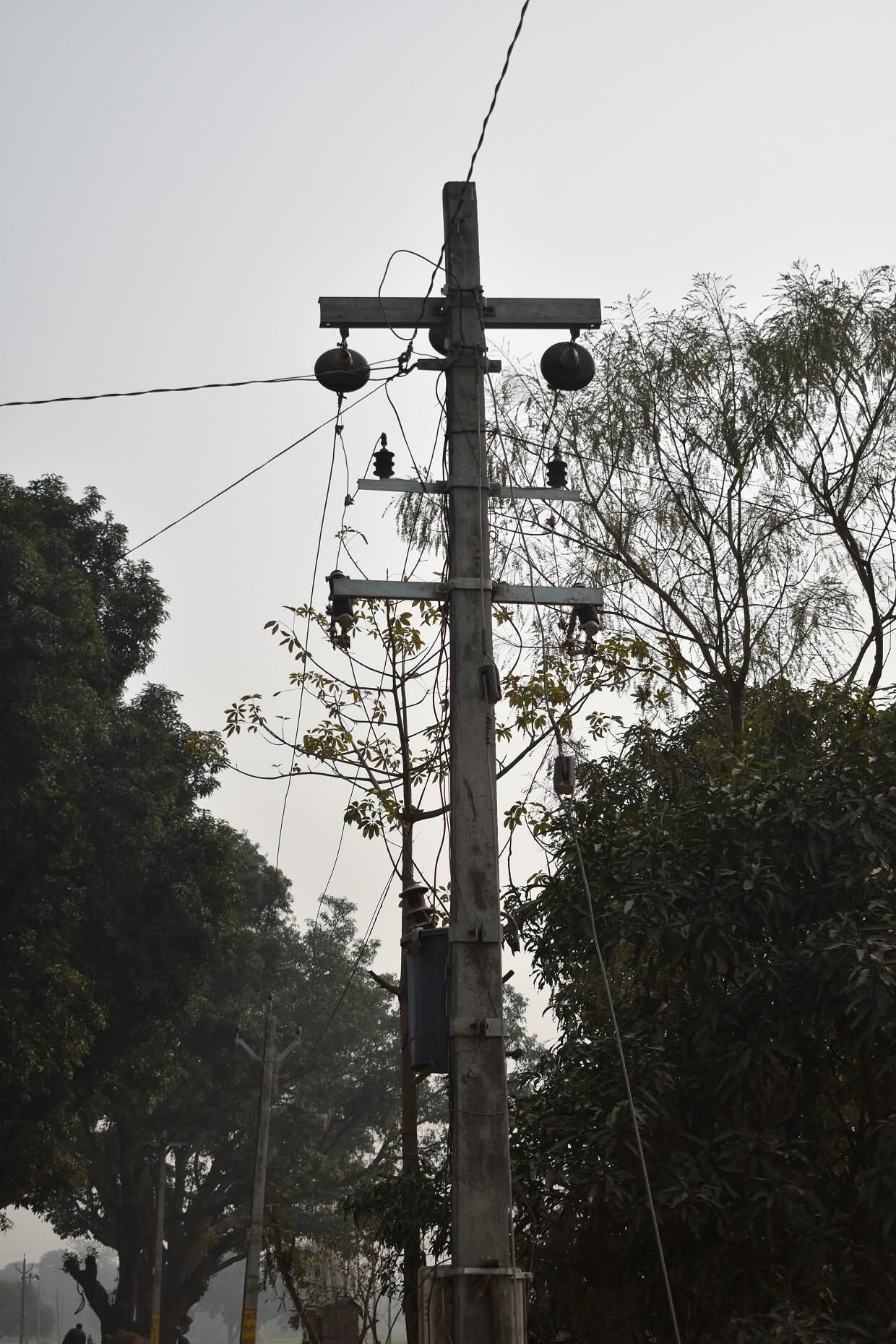
Rural Electrification In India: Customer Behaviour And Demand
Shalu Agrawal (Research Associate from Initiative for Sustainable Energy Policy,), Nidhi Bali (Program Manager from Smart Power India, Dr. Johannes Urpelainen) and Dr. Johannes Urpelainen (Founding Director, from Initiative for Sustainable Energy Policy)
This study is a collaboration between Smart Power India (SPI), a subsidiary of the Rockefeller Foundation and the Initiative for Sustainable Energy Policy (ISEP), at the Johns Hopkins School of Advanced International Studies. The report distils learnings on electricity access and customer demand. One of the unique contributions of this report is the insight on baseline electricity demand at a village level, including the use of electricity for productive purposes. The findings in this report are based on primary data collected from customer surveys of over 10,000 rural households and 2,000 rural enterprises across four Indian states – Bihar, Uttar Pradesh, Odisha, and Rajasthan. This report also provides insights into customer experiences under different electricity delivery models – public sector distribution companies (DISCOMs), solar mini-grids, and private distribution franchises. This report claims that grid-electrification coverage and adoption is high among rural households with the electric grid emerging as the primary source of electricity and lighting for many. However, gaps are prevalent with the rural micro-enterprises. In the study area, only 65% of enterprises had grid-electricity connections. While the share of connected rural enterprises is over 90% in Odisha and Rajasthan, it is lower than 60% in Uttar Pradesh and Bihar. And non-grid sources such as solar home systems, rechargeable batteries, mini-grids, and diesel generators form an important part of the rural electricity mix. Sixteen percent of households and 40% of enterprises use non-grid sources.
Location: Odisha , Rajasthan , Uttar Pradesh and Bihar

